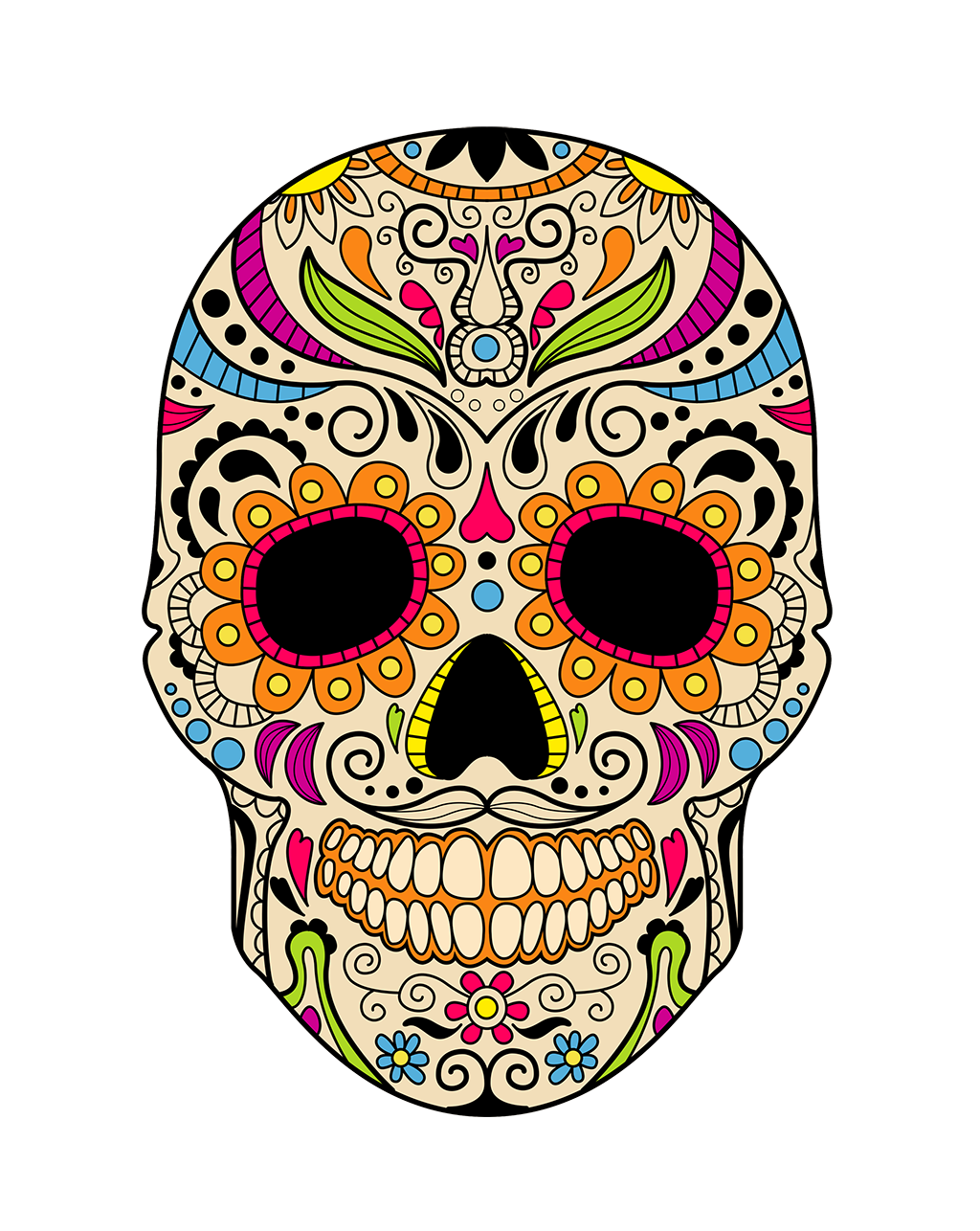Creativity, Categorization, and Configuration
Categorization
Categorization is the act of labeling and organizing existing facts, ideas, and things into more usable models. It is distinct from creativity and does not involve creating anything. Discovery is part of categorization; biologists discovering a new species of plant growing on the ocean floor are not inventing a new plant out of thin air, but simply labeling it; explorers don't create an island when they find it and give it a name.
Categorization is highly valuable to creation, however, as properly understanding the properties of the world we live in makes creation possible. Reading literature does not mean one is able to write literature, but having a vast knowledge of literature and language will give the writer the proper tools to be able to produce a new work.
Categories can also be thought of as elements or even templates. Essentially, they are simply the identification of a concept; they are basically just our idea of a noun.
Configuration
Configuration is the use and modification of existing elements or templates to construct something useful. Configuration usually involves combination, as well, as multiple templates and elements can be involved in the configuration. At a basic level this could be the arrangement of furniture in a living room. At a more complex level, it could be extracting a certain chemical found in the newly-discovered plant on the ocean floor and combining it with a metal found in the caverns of a mountain in order to produce a medication that cures headaches.
Creativity
Creativity is the ability to make new things and ideas using anything that is already available. In the real world, all human creations are ultimately configurations, as we don't have the ability to invent truly new physical constructs out of thin air. For example, although we typically think of the light bulb as an invention, it is really just a particular configuration of different, existing elements.
However, we typically don't reduce inventions to configurations. No one would say that an original novel is a configuration and not a creation because it only "configured" the existing words in the English language into a particular order.
In a similar sense, we wouldn't call unique configurations creations simply because they hadn't been arranged in that way before. No one who shuffles a deck of cards claims to have invented a new arrangement of the cards in a deck, as that would be absurd. We simply categorize the shuffled deck as "random", and leave it at that.
Categorization is why we are able to identify human creations. We are able to acknowledge that some configurations have not been previously identified, and that they are useful as a new category, or element. They are filed away into our catalog of discovered things, and as opposed to discoveries of islands and animals, the thing did not exist until it was discovered.
Chaos
Returning to the example of the shuffled deck of cards, consider why it is not a new creation. Technically, every time a person sufficiently shuffles a deck of cards, he has created a new arrangement of cards that has in all likelihood never before existed.
But the reason the shuffled deck of cards is not a creation is because it represents chaos. Chaos is the complete lack of order. Shuffled cards lack a predictable or usable order. Static on a screen is the same as nothing, in that without order nothing can be obtained from it. Once a deck has been shuffled, we can only assume it is like every other shuffled deck, and we have a name for that - random.
Comments:
Leave a Comment
Submit

